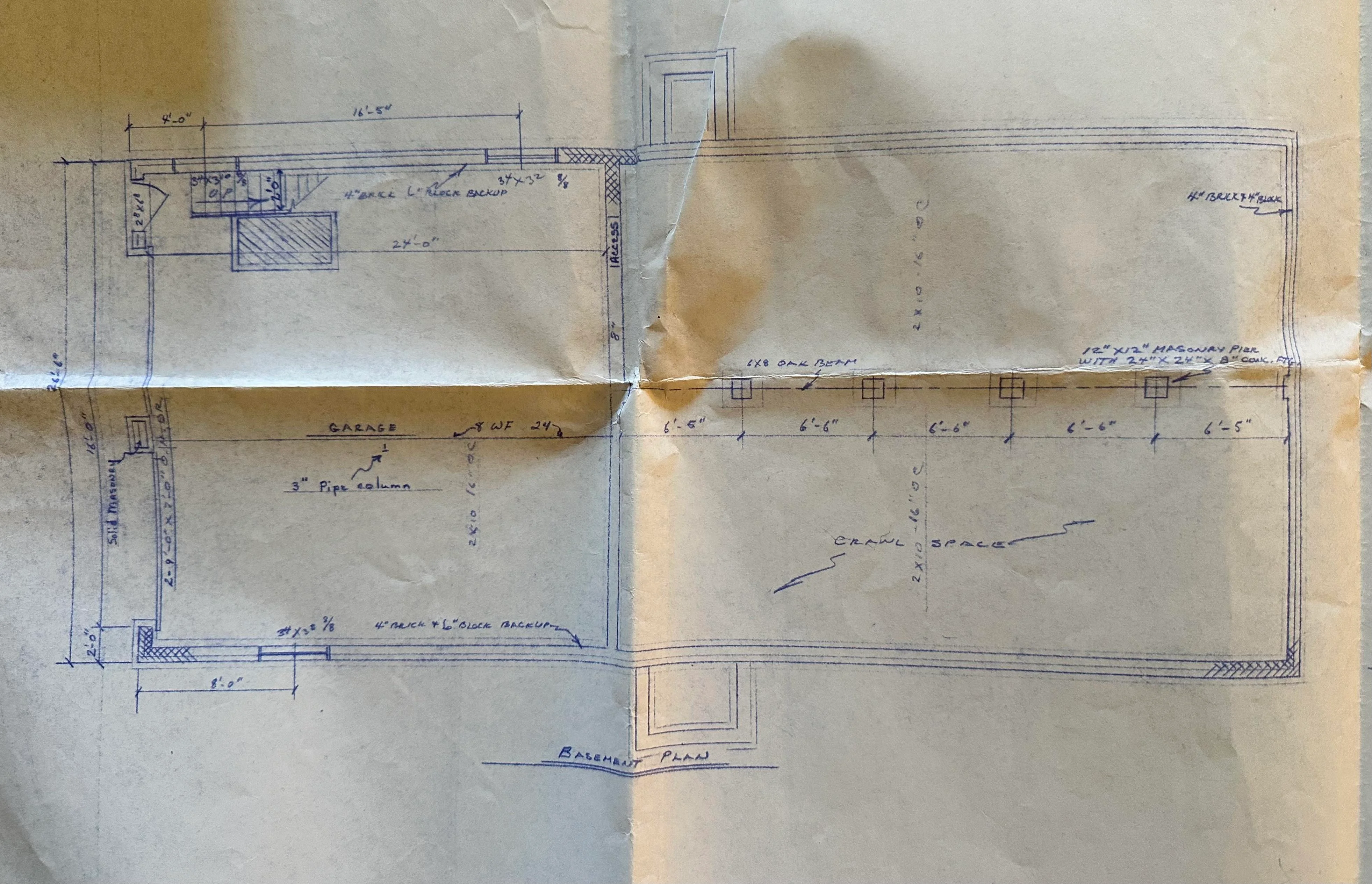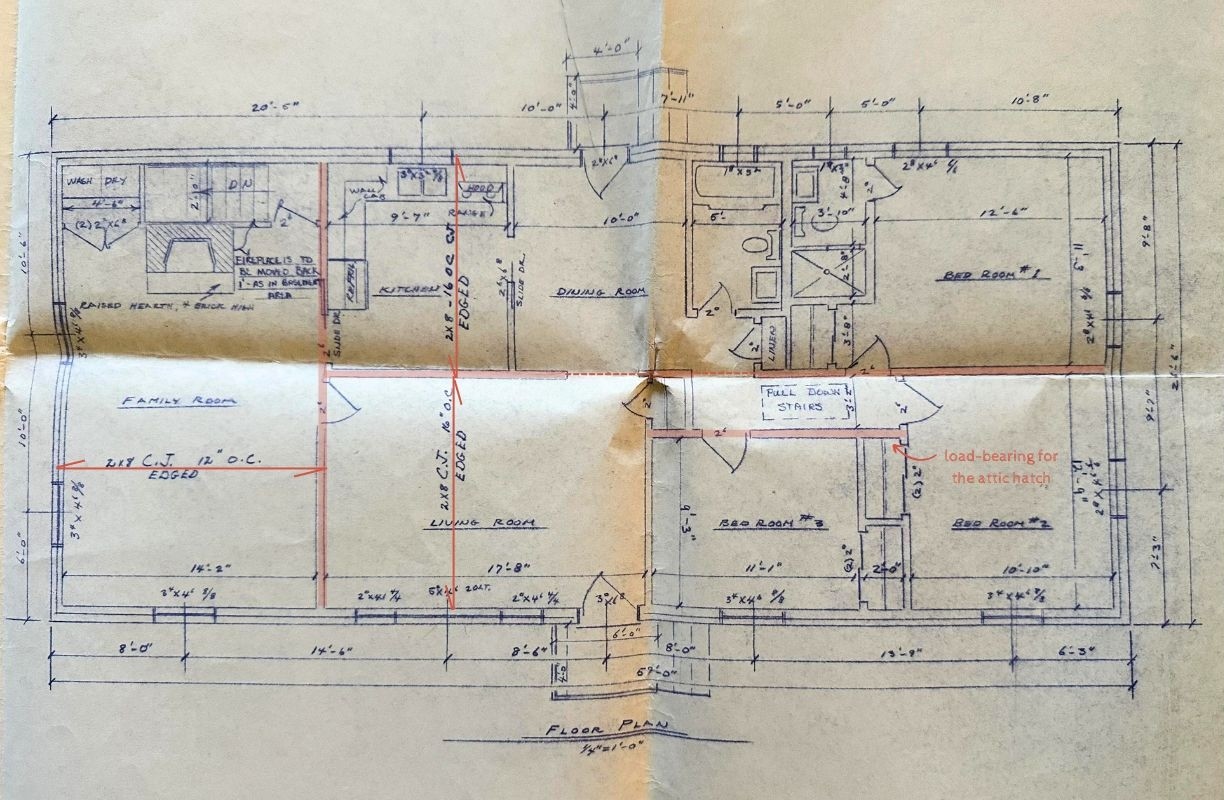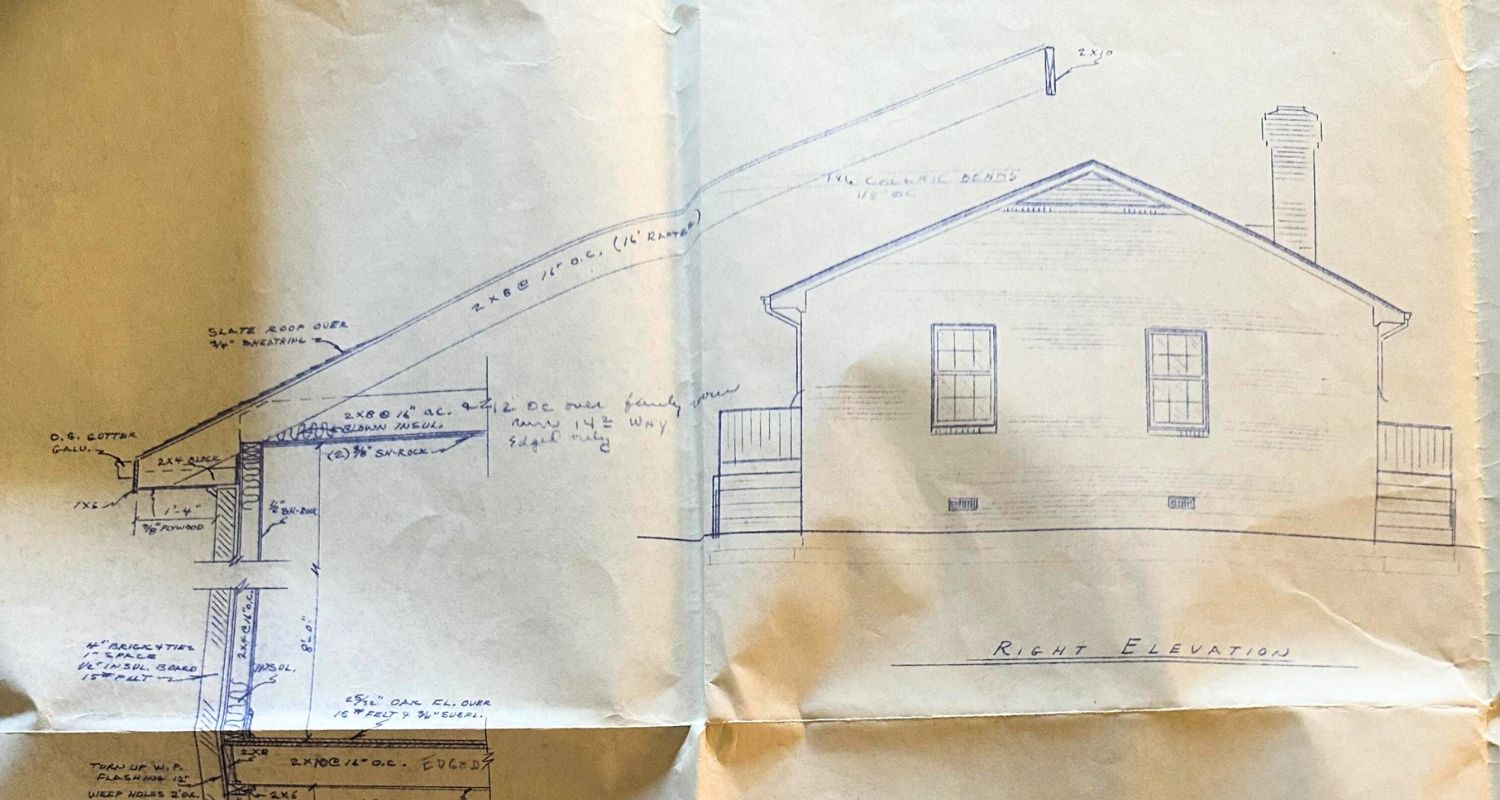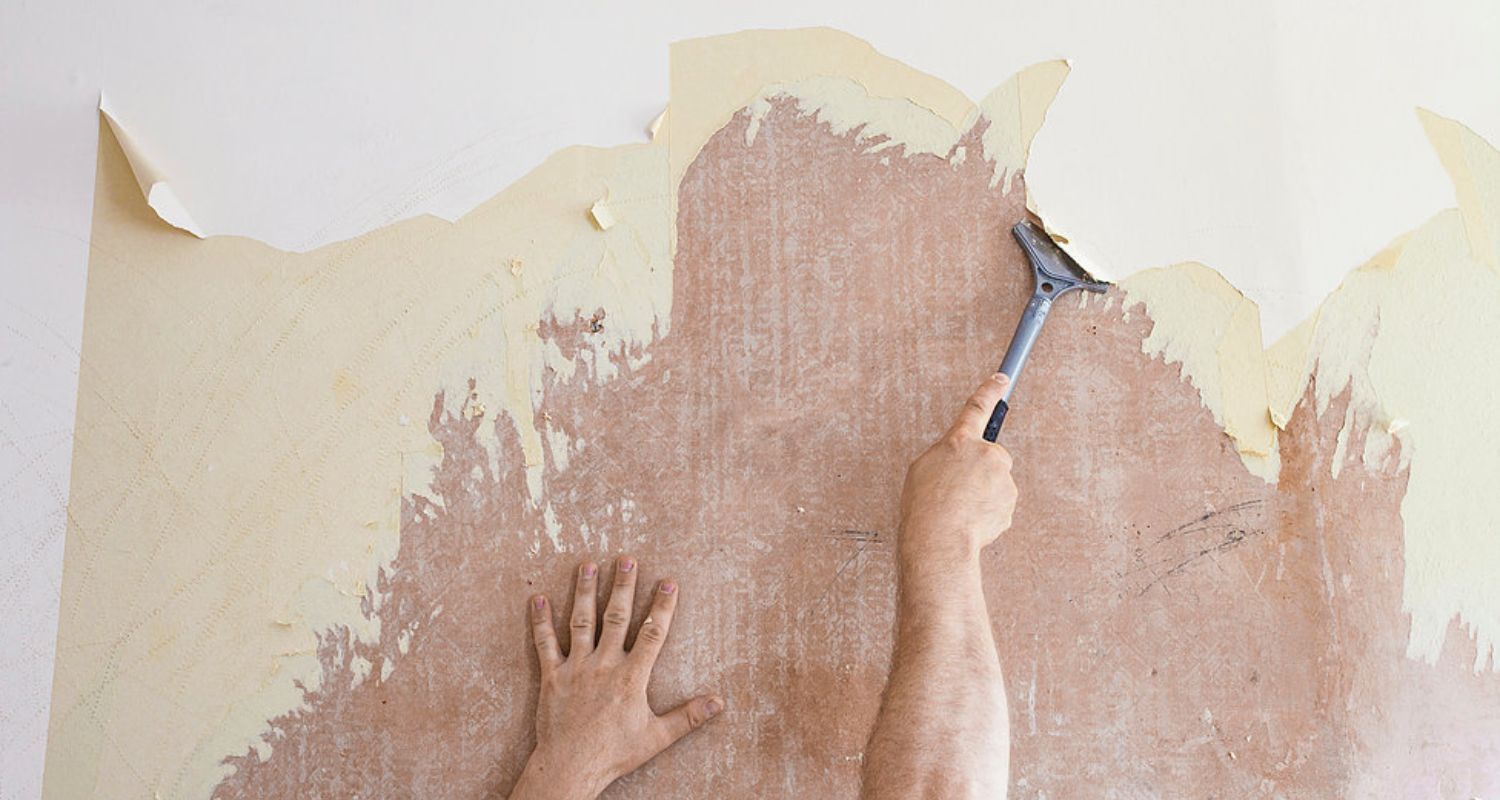We're excited to introduce a new series called Ask HQ, where we’ll be diving into your most pressing questions about home projects, renovations, and everything in between. We know that navigating the world of home improvement can be overwhelming, especially when you're not sure where to turn for answers. That’s where Ask HQ comes in—your direct line to expert guidance.
Whether it’s about permits, design choices, budgeting, or even finding the right contractor, no question is too big or too small. Each month, we’ll be highlighting a question from our community and providing a clear, practical response to help you move forward with confidence.
Want to ask a question? Submit it here, and you might see it featured in an upcoming email. Just want to read? Make sure to join our email list. We’re here to make sure you get the support you need, whether you’re just starting out or deep into a home project.
Ready to dive in? Here’s our first question…
Q.
Hey Homeowner HQ,
We were gifted a house and found original building plans during declutter, a one story ranch with half basement/drive under garage, other half is crawlspace. No renovations have taken place since it was build (late 60’s), no additions. We are planning a full update to the kitchen without plumbing layout changes. And, depending on load barring or not, possibly reconfiguring the two bathrooms & hall closet to maximize dead space.
Can you identify load barring walls/segments from these plans? If so, would someone be able to mark up which on the photo?


(We will find a reputable engineer to advise when the time comes, for now I’m trying to just gauge possibilities)
Thanks,
- Loaded Question
A.
Hi Loaded Question,
This is a great question, understanding which walls are load-bearing is crucial when planning any renovation that involves reconfiguring your space. Not because it's not possible— anything is possible, but because it will determine the scope and price of the project.
Today, a project generally includes architectural plans and structural engineered plans. These plans are only architectural, as I'm sure was the time, but I do see the roof rafter detail and some framing sizes and spacing.
From what I can gather based off of these plans, your rafters are what we call stick-framed. Meaning it was built using conventional lumber, or 'sticks' to create the gable, or triangle shape of the roof. It's not built with trusses. This is important as trusses use most of its load-bearing on the exterior walls and framed rafters use exterior and interior walls to carry the load.
It reads 2x8 C.J. (ceiling joist) @ 12 or 16" o/c. (spaced every 12 or 16" on centre) meaning the bottom chord / ceiling joist (the piece that your ceiling drywall would be connected to) runs from the front of the house to the family/living room wall. Then, for the rest of the house, they sit on the middle wall that runs down the centre of the house. Those would be your structural walls.

If you were to remove any piece of those walls, you would have to have support to carry those ceiling joists. Not a difficult thing to do at all. So if you're thinking of opening the wall at the linen, closet and bedroom #1, you're easily able to and the new point loads (the load on either side of the opening) will carry to the floor below, which is the column and beams in the crawlspace.
Of course, final decisions should be confirmed by a professional who can assess the structure in person. And so often, what is shown on the plans is not always what is built. Load-bearing walls provide critical support, and reconfiguring without the right expertise can lead to some serious safety issues.
We hoped you enjoyed our first Q&A! If you have any questions about your new home or renovation, whether it's about your team, floor plan layout, construction, or everything in-between, email us HERE.
Chelsey Morphy
Home Consultant & Designer







